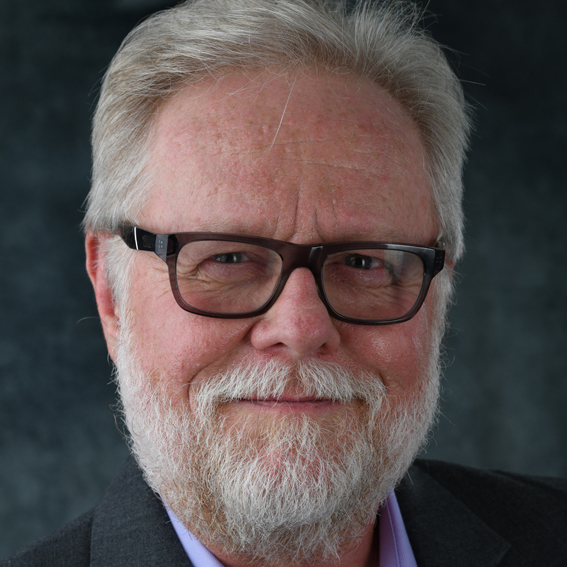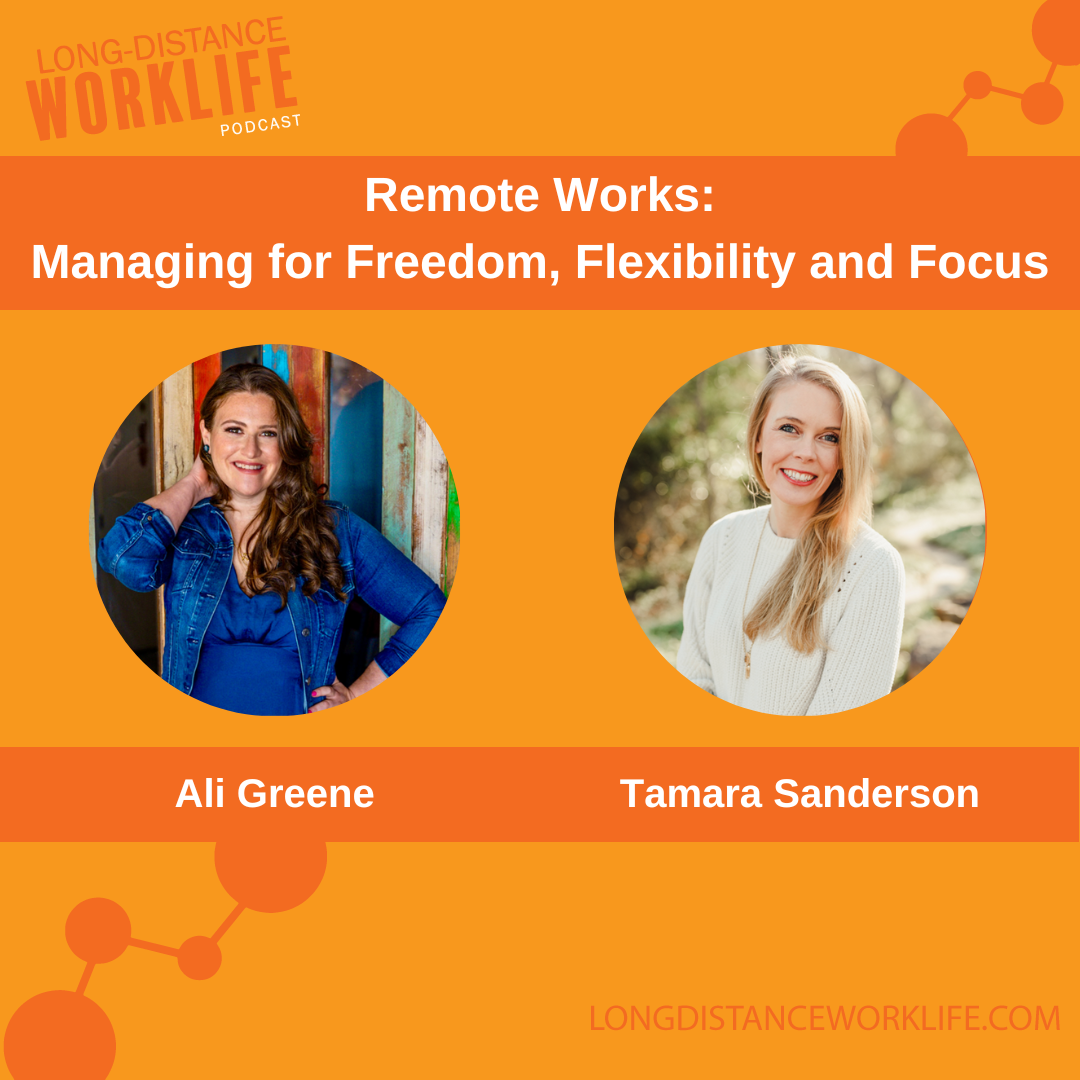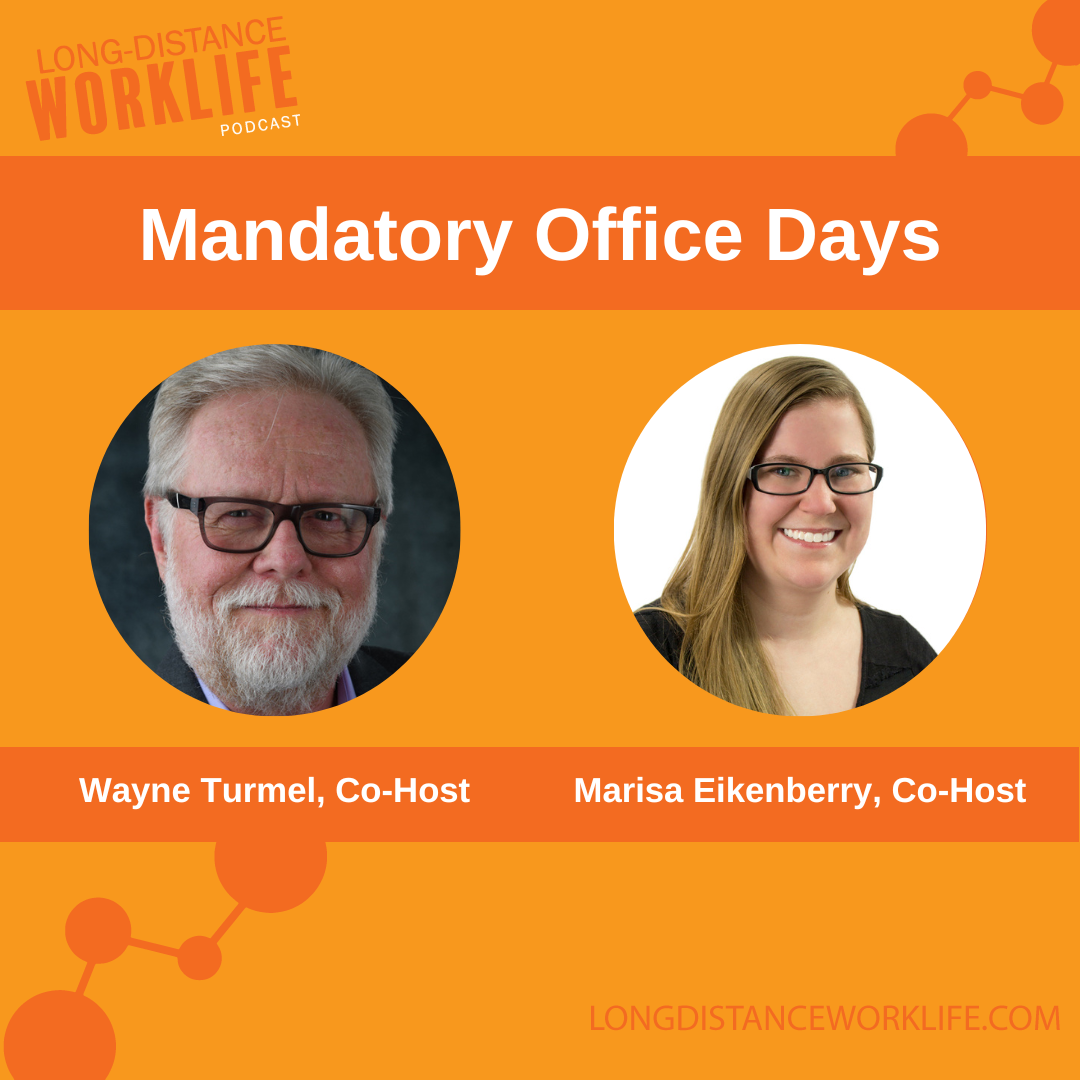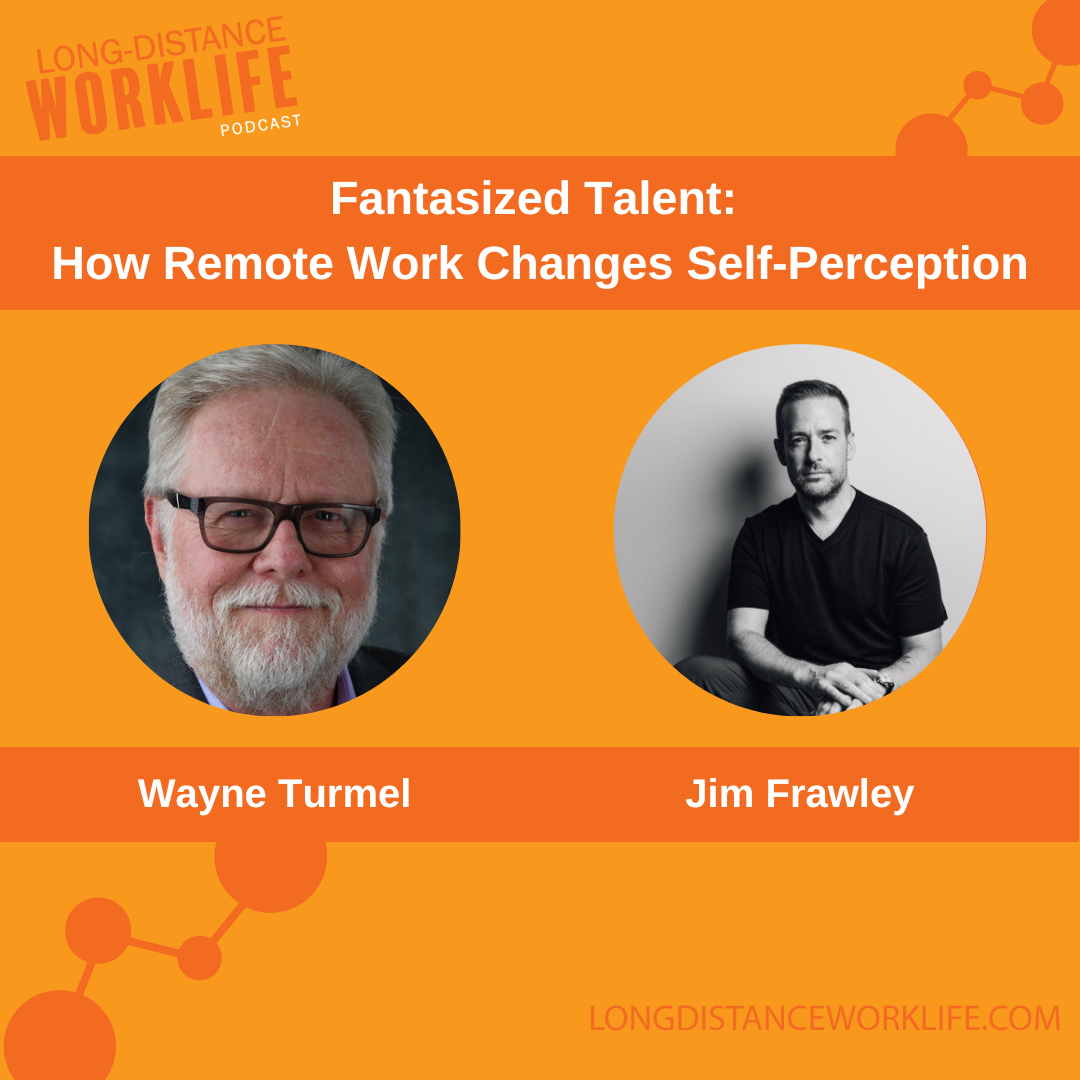Hoyin Cheung from Remo joins Wayne Turmel to discuss webmeeting tools and leading remote meetings. Remo is an interactive virtual event platform that humanizes the online event experience, and brings people together worldwide.
Question of the Week:
Is it the tools we have for webmeetings that make them suck, or the way we lead meetings?
Additional Resources:
Transcript
Wayne Turmel: Hi, everybody. Welcome to the Long-Distance Worklife podcast brought to you by The Kevin Eikenberry Group. My name is Wayne Turmel. I am glad to be with you today. We are going to look at a subject that is the bane of every Long-Distance Leader's life meetings and events, and how do we do those when we are all in the same place?
We are going to have a really interesting conversation with a young man named Hoyin Cheung, who runs a web platform called Remo. It's an interesting platform check it out. But also we talk about what's wrong with the way we meet online and how we can use it to build culture and create stronger team. So I hope you enjoy.
I am very happy to reconnect with Hoyin Cheung. He is the founder and kind of guiding light behind Remo, which is an online web meeting web event portal. He'll tell us all about that in a second. But really, we're here to talk about meetings and building culture and how do you do that in a remote and a hybrid way?
So again, how are you, man?
Hoyin Cheung: I'm doing awesome, Wayne. And we haven't talked we haven't spoken for a while. So I was super excited that you messaged me and thank you for inviting me on the podcast.
Wayne: We're delighted to have you. And you need to lower the bar on what excites you. But that's okay. I'm glad that you're here. And when I first saw Remo, I thought, "Wow, this is really cool." And it is. I mean, there's some very cool things, but nobody goes into software just to do cool things, right? There's a problem you're trying to solve for.
So, you know, in a world of WebEx and Teams and Zoom everything else. What were you trying to solve? Or what was the problem with humans getting together that you were trying to fix when you created Remo?
Hoyin: Yeah, so when I originally created like I crafted this mission, which is like, how do we create authentic conversations that drive meaningful relationships? And one of the problems that we saw was that you've got great tools like WebEx and all that kind of stuff, but they are mostly designed more for like kind of like like a click, like a call conference, like a phone conference, and so a video conference to emerge from a normal conference call. And so that dynamic is more focused more on meetings.
But when you think about how humans interact, like at a happy hour or at a workshop or whatever, it's not just one person speaking at one time. Like there's multiple conversations happening at the same time. And that kind of human behavior dynamic is actually what we as humans are more used to. And there was no real easy way to create that type of dynamic with the current tools that you mentioned.
And so that's why when we created, we know we really laser focused on making it super easy to have conversations, have intimate conversations, and make have this sort of serendipity and feeling that you can meet people just like you could in real life.
Wayne: Yeah. And so what do you think? Before we began, we were talking about the difference between meetings and events. And maybe you could give me like a short description of how they're different and what when you're trying to build a culture, how do meetings not necessarily fit everything they need to do?
Hoyin: Yeah, that's a great question. So how to find like a meeting is something where like people are having in meetings for productivity reasons, like you're trying to productively discuss or make decisions about something. Right. It's typically a group of anywhere between two and maybe eight or ten people, and it's one person speaking out at a time. There's a very clear objective for that meeting and an agenda you're trying to get to some decisions or, you know, brains or whatever.
But when it comes to an event, event is more casual, more fluid. Like there's many small conversations happening and an event. It also serves like a different purpose, whereas like a larger group and it's not necessarily like productivity like maybe it's training, maybe it's a workshop, maybe it's a job fair, like the the event objective is a little bit I want I don't want to say it's less corporate, but not as productivity focused.
Wayne: And so that's an important visual because one of the things that we're running up against, especially as we begin to go back to work in kind of a hybrid environment where you've got people in the office and people not, it's all about creating the culture itself, of creating the corporate culture. And I know, yeah, I like the way one of the ways that your clients are using this and I found this fascinating was onboarding because I know that onboarding new people on a hybrid or remote team is a real challenge. Can you share what some of your clients are doing around that?
Hoyin: Yeah, sure. So we have we have a client and what they do is they create. So our platform is a map. Just imagine that it's like Google map. You're looking at Google Maps and you're represented by the circle and then imagine you zooming in to the Google map so far that you can see the outline of the building and the individual chairs and tables on there and your circle sits on one chair in one little chair.
And when you double click on a different table, your blue circle then moves that table, except that blue circle has your face in it. So it's like a like an avatar. And so what what what enterprises do is that they create custom a custom floor plan. They can change the background to match their branding so that there's like different table sections.
And each section has a person from a different department or different a different a different sort of station where each person will then go to that station, do the things they need to do in that station and then go to the next table and do this. So it becomes this kind of like little assembly line of people or they go through and try to get go through the onboarding process with them.
There's also what people do is they do like a workshop where they will sit at each person's table and walk through the whole process with them one at a time or or go through that or to even invite other people to come in from the rest of the company. And those people will have conversations with them to kind of get them started to get to know that kind of stuff. So it's it's a very, like, natural and organic way of giving new employee ease a more human experience.
Wayne: I'm curious, as you were laying this out and kind of working with this I'm a crusty old cis hat white guy, basically. Yeah, I am. I know what I am. And whenever I look at new technology, even when it's really cool, I always go, yeah, here's something else. You know, here's something else we got to learn. What have you experienced in trying to introduce this to organizations and to our listeners who are trying to introduce new tech or new tools into the organization.
What advice can you give people when they go, you know, can't we just Zoom this or, you know, can't we just do this on Microsoft Teams? How do you encourage them to adopt a new technology?
Hoyin: Yeah, so what we focus on is creating a human experience, and we create these amazing custom pull plans. Most of the time when people see the custom floor plan or these floor plans, they're like, Wow, what is that? It piques interest. It's visual. So there's no one. You have the peak interest, something that looks different. The second is, is that when creating these events, like we we teach like our our customers when they create the events, is that you're creating an interactive experience.
A lot of people, when they think, I'm just creating an event or I'm creating a meeting, it's just like kind of the physical world. What we do and how we differentiate ourselves is that we can teach you how to facilitate and make the event truly interactive that makes people jump off or simply like, "Oh, wow, this is not something I've attended before."
This is different. And all of the feedback in terms of how Remo has been successful to date is that people have a great experience inside Remo. They tell their friends and they come back to us and say, "I had a great experience that I can actually have a proper conversation with someone," and that's when that just starts to spread.
People just say, "Well, I heard about this and I want to join."
Wayne: That's one of the things that fascinates me because what we're discovering, as you know, people try to figure out what this is going to look like in a post-COVID world is a lot of what we call hybrid is just recreating the existing physical offices as best we can. Right, right? The meeting that we've always had, but with webcams and what you're talking about is thinking differently about what these events need to look like.
Right. It's not a glorified conference call, and it's not being in-person. It's this new thing. How is that received? Because you work all over the world. I mean, you're sitting in Hong Kong today and I'm in Las Vegas.
How does that get received across different cultures?
Hoyin: Well, what's interesting is that a lot of our customers are in the United States, but we also have Europe across Japan. What's interesting is, like, each what's funny about all the different cultures is that human interaction is actually really universal. I mean, if you think about it makes sense. Are we all one interaction to some degree, but how they interact and the agenda and that's different.
But the interaction system and also the floor plans are very different, like Japanese, like more cartoony type for plants and they love it. Western audiences like this 3D kind of asymmetric 3D floor plan and they love that. And so the differences isn't so much on like how the core function remote, but it's more of like how they dress it up.
You know what I mean? And those are kind of like where the key to is, is it really highlights the fact that we're not really that different from a cultural standpoint, like they, they do. There are some differences like the we how like the event is run, for example, but they are aiming for the same thing. Like if you're in Japan, you still want engagement from your employees and you're having breakouts and many employees kind of talk to each other, have these one on one networking speed, networking style.
That's something that works for them. And then they they love that. And so I think it's just it's just some slight differences how they know how to run the event.
Wayne: You know, it does get to an interesting question in this I think we had this conversation when you first introduced me to this a couple of years ago, which is it's easy to think about the technology, but there is a part of me that goes you can use, you know, to smoke sticks and smoke signals and communicate or you can have the greatest technology in the world and not communicate it.
All right. So what do you find? Is it really that we need new tools or do we need to be more intentional about how we communicate?
Hoyin: Yeah. So so the way I see it is, is like you can be intentional, but you will also you can be intentional. And also achieve your goal. You could have a tool, but if you're not intentional enough, the tool may not be can only help you so much. But if you were intentional and you had the tool, one plus one is not too one.
Plus one is like three or four like that. The benefits you get stack on actively, way worse things.
Wayne: I completely agree with you. What do you think? This is a chance to plug Remo now? What do you think is? If I'm intentional about events and you said this is not, you know, for one on one meetings, this is team meetings town halls, you can use it for culture building events like onboarding and others. What do you think is the intentionality piece that would really help somebody use this tool effect?
Hoyin: Intentionality is like really being focused on what? How do you encourage each like the right types of interactions. I'll give you a good example. So in Rio, we have this map view, which I kind of explain. We also have this webinar mode is called presentation but it looks like every other webinar mode out there and that was unique about remote is that you can bounce back and forth between this map and this presentation.
When you enter the presentation. This is an example of really great intentionality.
Like, we have this rule which is like the 10/20/10 rule, which is like you spend the first 10 minutes allowing people to network, and then you spend only 20 minutes talking about a topic which is short and sweet. And at the end of the 20 minutes, you then say, "Hey, everyone, I just spoke about this topic. I'm going to give each other you guys 5 minutes to talk about what challenges have you guys had."
And I want you to share that challenge with each person on the table. And then after that will come back up after 5 minutes and each person kind of shares that. Now, this is a very heavy facilitator, you know, style of of running a meeting. Like typically people don't really, really do that. But I see the next level of hybrid work is being able to have the more people learn how to learn and use these facilitation techniques.
So that they can structure and guide and intentionally guide the conversation and then bring that up forward so that it can become a lot more fruitful. And people can have can have that because it's hard to make these real connections virtually. And it's hard to know what to do sometimes. So you have to provide a little bit more guidance.
Wayne: Yeah. That Venn diagram of, you know, intentionality, human need and technology that enables that is really the sweet spot. Hoyin Cheung, thank you so much for being with us. We will make sure that there is a link to a chance for people to check out Remo. We'll put that in the show notes so that folks can do that.
Thank you so much. For helping us rethink about what we're doing with the technology. And it's just good to see you again.
Hoyin: Thank you so much. I really I'm so happy to be on. Thank you for inviting me.
Wayne: So some interesting stuff there, particularly the 10/20/10 formula that he mentioned. We will have links to that in the show notes which are at longdistanceworklife.com. Hope you enjoyed it if you did, please like and subscribe vibe. I know that's weasely podcast language, but it's important for us to help find an audience and we hope that you will join us again next time.
Until then, I'm Wayne Turmel. You can find us at kevineikenberry.com or at remoteleadershipinstitute.com. Have a great, great day. Don't let the weasels get you down. We'll see you next week.



